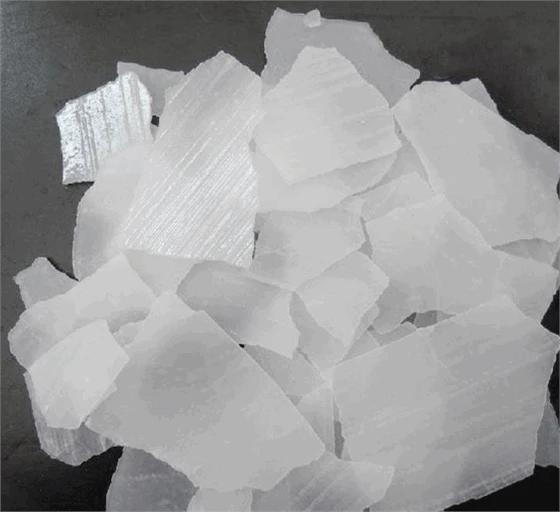



Safety Data Sheet for Sodium Hydroxide Solid Pellets and Handling Guidelines
Safety Data Sheet (SDS) for Sodium Hydroxide Pellets
Introduction
Sodium hydroxide (NaOH), commonly known as lye or caustic soda, is an inorganic compound widely used in various industries, including manufacturing, food processing, and water treatment. Due to its highly corrosive nature, it is imperative to handle sodium hydroxide with care. This article provides a comprehensive overview of the Safety Data Sheet (SDS) for sodium hydroxide pellets, emphasizing health hazards, safety precautions, and emergency measures.
Chemical Identification
Sodium hydroxide is a white, odorless solid that is highly soluble in water. It has the chemical formula NaOH and a molecular weight of approximately 40.00 g/mol. Sodium hydroxide pellets are typically used in industrial applications, including pH regulation, soap production, and as a cleaning agent.
Hazards Identification
Sodium hydroxide is classified as a corrosive substance. Contact with skin, eyes, or mucous membranes can result in severe burns. Inhalation of sodium hydroxide dust or mist can irritate the respiratory tract and lead to coughing, difficulty breathing, and lung inflammation. Ingestion can cause severe damage to the gastrointestinal tract, requiring immediate medical attention.
The SDS for sodium hydroxide includes the following hazard classifications
- Corrosive to skin (Category 1A) - Serious eye damage (Category 1) - Respiratory irritation (Category 3) - Harmful if swallowed (Category 4)
Health Hazards
Prolonged exposure to sodium hydroxide can lead to chronic health issues. Skin contact may cause dermatitis or skin burns, while inhalation may result in chronic respiratory conditions. It is essential to utilize adequate protective equipment to minimize risks during handling.
sds for sodium hydroxide pellets

First-Aid Measures
In case of exposure to sodium hydroxide, it is crucial to follow proper first-aid protocols
- Skin Contact Immediately remove contaminated clothing. Rinse the affected area under running water for at least 15 minutes. Seek medical attention if irritation persists. - Eye Contact Flush eyes with plenty of water for at least 15 minutes while holding the eyelids open. Seek immediate medical help, as eye damage may occur. - Inhalation Move the individual to fresh air immediately. If breathing difficulties occur, seek medical assistance. - Ingestion Do not induce vomiting. Rinse mouth with water and seek medical help. Provide water to dilute if conscious and alert.
Fire-Fighting Measures
Sodium hydroxide is not flammable; however, it can react with water to generate heat and cause thermal burns. In case of fire, use appropriate extinguishing agents such as dry chemical fire extinguishers, foam, or carbon dioxide. Firefighters should wear self-contained breathing apparatus and full protective gear.
Handling and Storage
When handling sodium hydroxide pellets, it is essential to follow safety measures
1. Protective Equipment Wear appropriate personal protective equipment (PPE) such as gloves, goggles, and face shields to prevent skin and eye contact. 2. Work Environment Ensure adequate ventilation in areas where sodium hydroxide is handled to minimize inhalation risks. 3. Storage Store sodium hydroxide in a cool, dry, well-ventilated area away from incompatible materials such as acids and organic compounds. Use containers made of materials that are resistant to corrosion.
Conclusion
Sodium hydroxide pellets are vital in numerous industrial applications, but they pose significant health hazards that require careful handling and safety measures. Following the guidelines outlined in the SDS can help mitigate risks and ensure a safe working environment. Understanding the properties and potential hazards of sodium hydroxide is essential for anyone who interacts with this hazardous substance. Proper education and preparedness can help prevent accidents and injuries in the workplace. Always consult the SDS for specific safety information and protocols tailored to your particular use case.
-
Why Strontium Carbonate Still MattersNewsJun.06,2025
-
Why BaSO4 MattersNewsJun.06,2025
-
Why Barium Carbonate Still MattersNewsJun.06,2025
-
Strontium Hydroxide: A Versatile Compound for Modern ApplicationsNewsJun.06,2025
-
Strontium Chloride in Daily IndustryNewsJun.06,2025
-
Pure Potassium Nitrate for SaleNewsJun.06,2025
-
What Is Sodium Bisulfate Used For?NewsMay.15,2025










